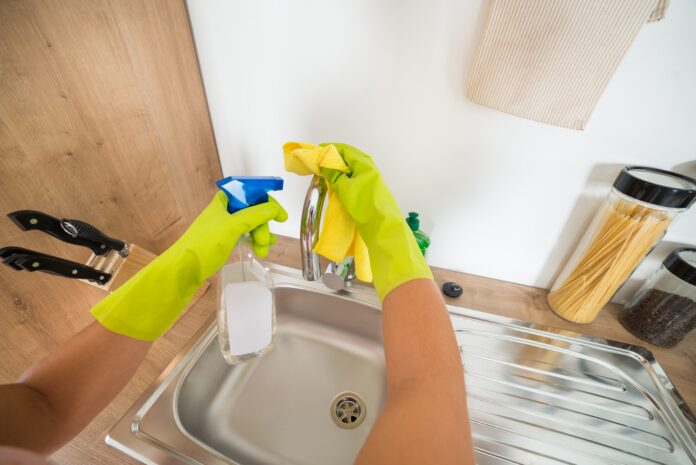We always hear the phrases “Wash your hands” and “Don’t touch your face” as common mantras. However, with the current aggressive stance, we are urged to take even more precautions. One thing we worry about is infectious areas, so we practice social distancing as a safeguard.
Yet many common items come into contact with our hands and faces through other surfaces. Infected surfaces can potentially transfer bacteria that have access to our nasal and ear passages, where we are most vulnerable.
Most Common Items To Pay Attention To – And How To Disinfect
What are the 10 most common items that we SHOULD pay attention to, and how do we disinfect them to protect ourselves?
1. Cell phones
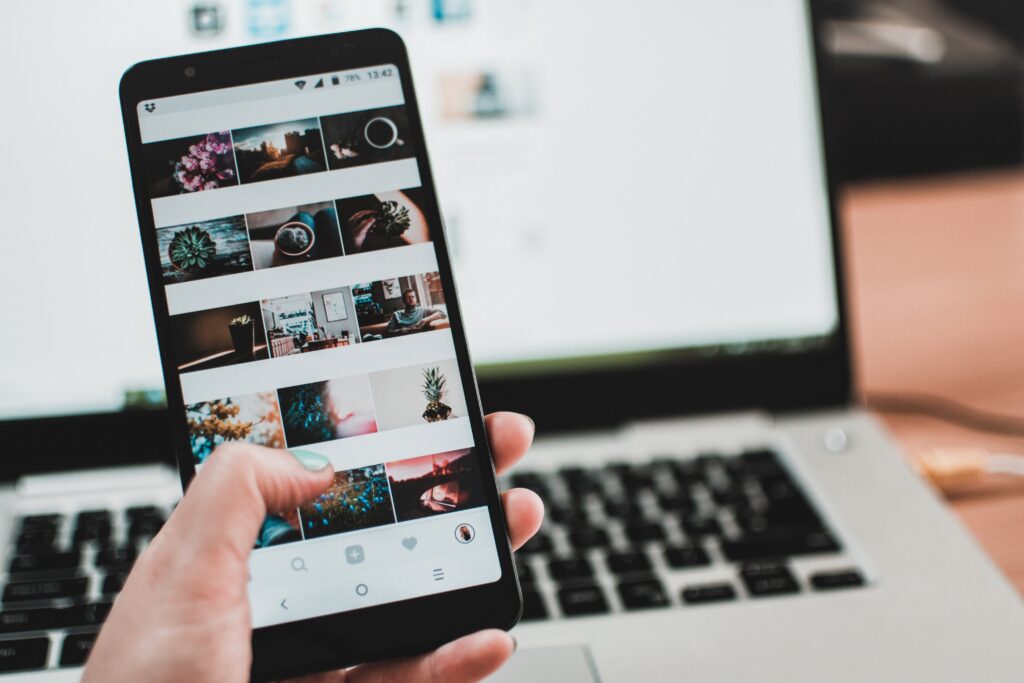
This is the most obvious and what people have repeatedly warned us throughout the internet. You may even be reading this right now through your own smartphone. Cell phones are placed on several table surfaces. If we use the voice or phone function, they are in immediate contact with our face.
To disinfect, an alcoholic wipe is enough to clean the surfaces. The alcohol can affect the touch surface of the glass, so make sure it is dry before using it again.
2. Eyeglasses

Several people who are trying to avoid touching their faces are opting for eyeglasses rather than contact lenses. Yet, sometimes, we may put our glasses down on a communal surface for various reasons.
Or while we are actively avoiding touching our faces, we adjust our glasses throughout the day to see better or make them more comfortable.
Eyeglasses are easy to disinfect using dishwashing liquid over the lenses. A microfiber or terry cloth towel is recommended to dry the lenses. Avoid using a cloth that could be abrasive and scratch the glasses.
3. Keyboards
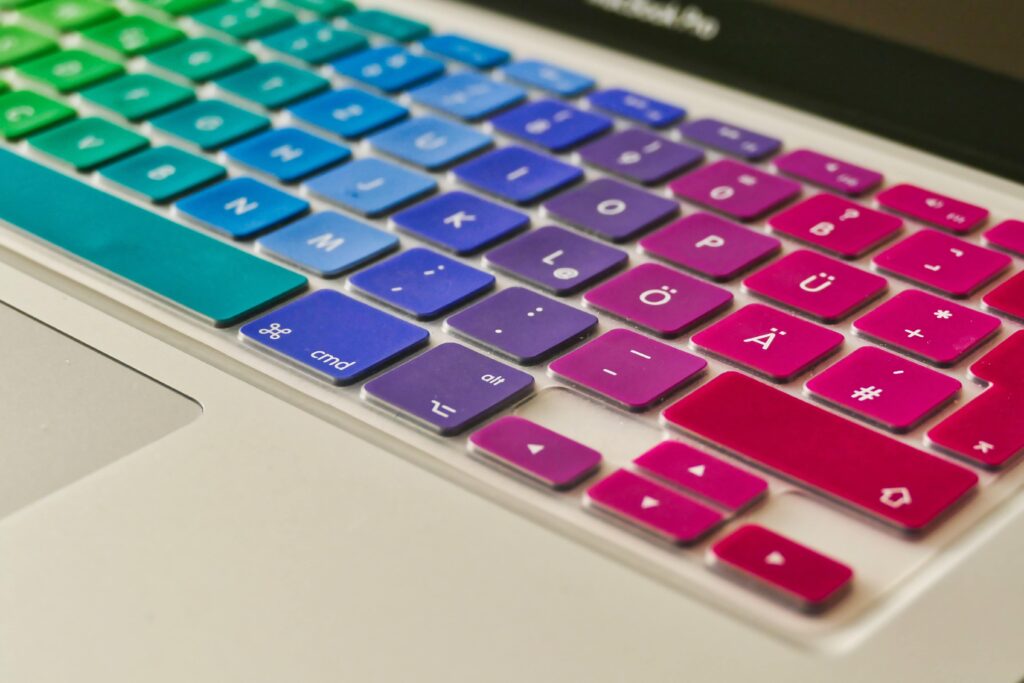
While everyone is staying indoors, we become more reliant on accessing the world online, which means constant typing on keys. If you are working remotely, it can be challenging to be mindful of other public spaces using our laptops. Your hands can touch another surface and then touch the keyboard without thinking about it.
So, it’s more important to be vigilant so that the tools we use to access the outside world remain clean. This also applies to auxiliary items like computer mouse and tracking pads.
Keyboards and mouses can be sanitized using a disinfectant wipe. If you don’t have that, a soft linen-free cloth with rubbing (isopropyl) alcohol will do the trick. Also, be mindful if someone else uses your keyboards and sanitize accordingly.
4. Pens and pencils

Think about how often pens are given to others to sign something or jot down a list. Writing utensils are some of the most used and touched items communally used by people we know.
Also, pens and pencils are common items lying about on any surface. Some people subconsciously stick a pen or pencil in their mouth while thinking this could be a wake-up call. And ultimately, no one ever thinks about sanitizing their pens.
A quick wipe with a cloth with alcohol or a disinfecting wipe over the surface of a pen is enough to clean it. As for behaviors, try to use your own pens and lend other pencils when possible. For those who have a habit of putting pencils in their mouth while thinking, chewing gum will help avoid this.
5. Doorknobs and handles
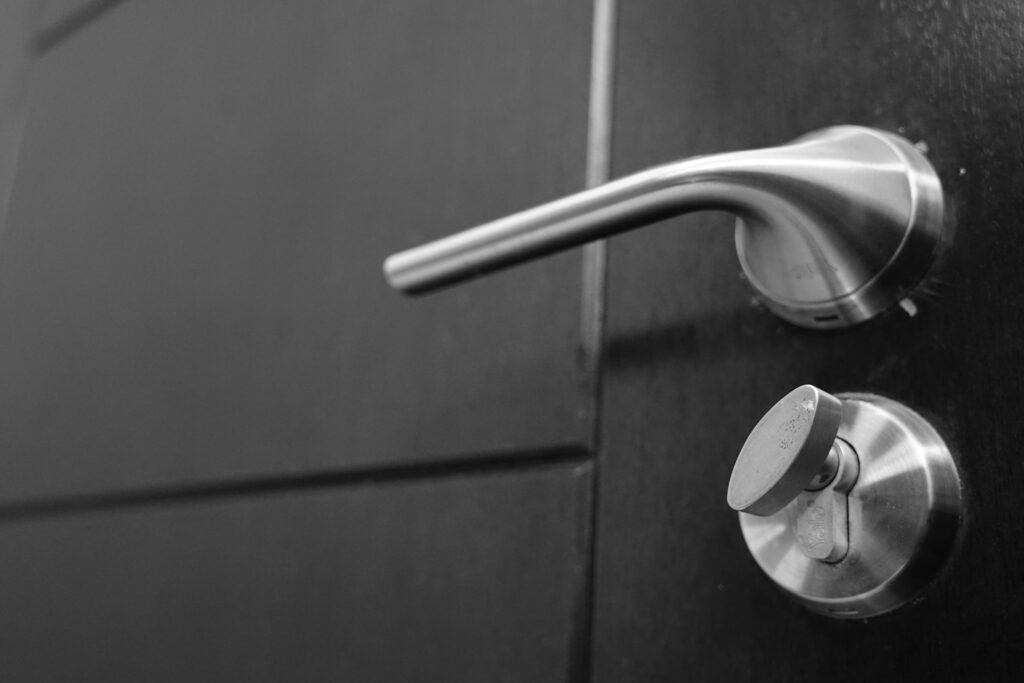
Doors, cabinets, and other structures we need to open and close are touched often as part of their function. While not as concerning in private spaces, in public spaces, it is an easy surface to become infected. Almost every room has a knob or handle, so this is a universal concern.
A sanitizing spray and cloth over the surface of knobs and handles is sufficient enough to handle these communal surfaces. Speaking of handles, if you can open the door with your elbow or knuckle, use those instead of your hands. If you have access to a disposable towel or a tissue, using that would be the safest of all.
6. Light switches
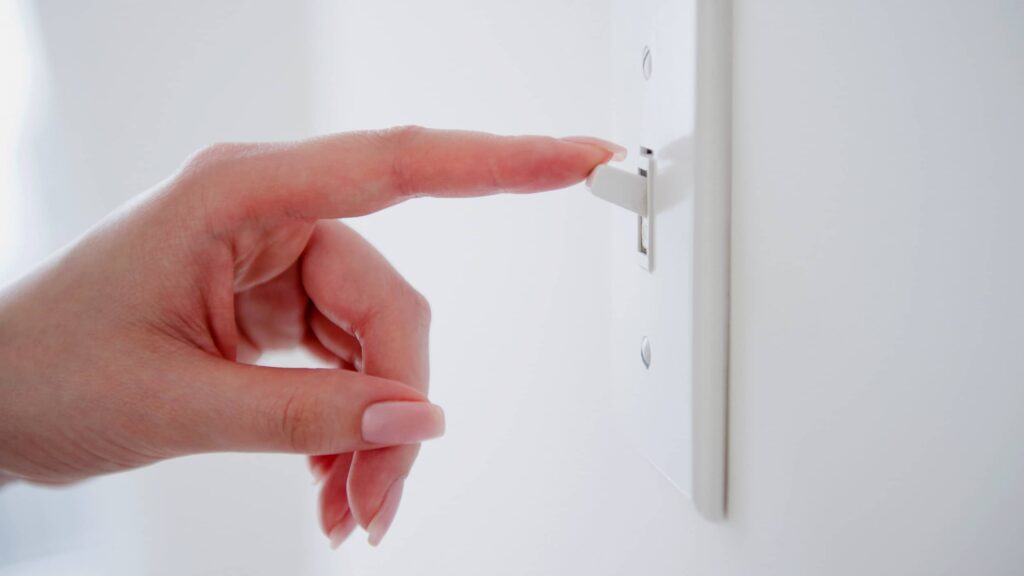 How often should you clean your light switch plates
How often should you clean your light switch platesAs day turns into night, we use our hands to activate several switches for room lights and lamps. Like doors, there is not as much concern in private spaces, but many people turn on lights automatically without thinking.
If you can access remote switches, voice commands can turn some lights on and off. Some apps with coordinated plugs through service devices like Google Home and Alexa are programmed via smartphone. Otherwise, we can use our knuckles to flip on the switch or even an easy-to-handle item like a pen.
7. Headphones and earbuds
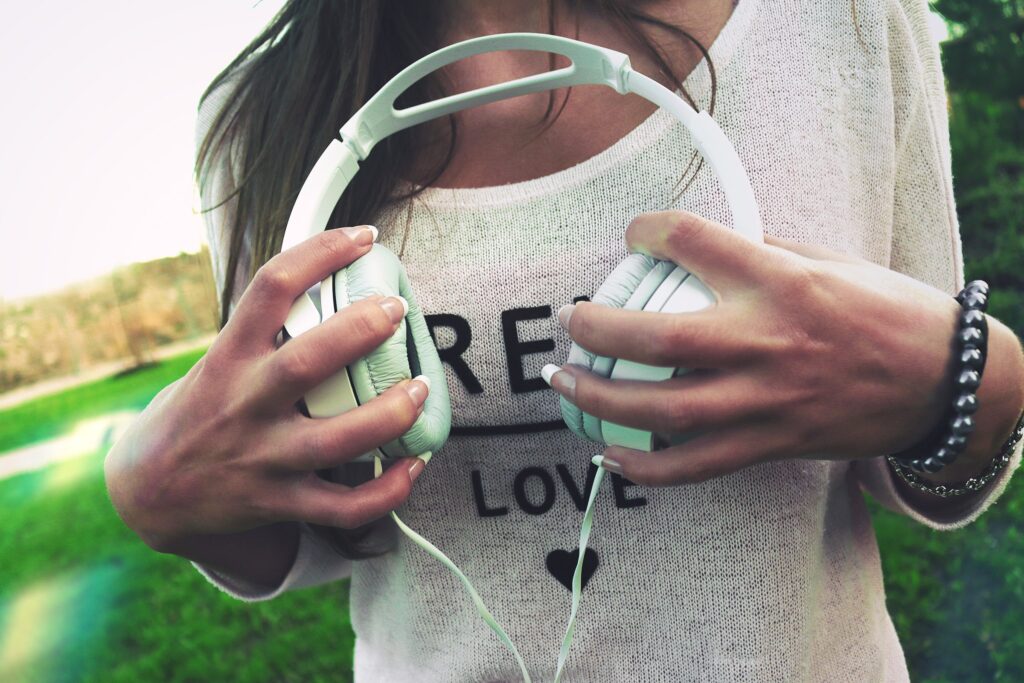
When jogging or working out sometimes, we can’t exercise without music pumping through our listening devices. Or sometimes we want to listen to our podcasts in silence or want to keep our phone conversations private.
If our listening devices come into direct contact with our ears after touching infected surfaces, this could transmit things easily.
Like other items, a disinfectant wipe or rubbing alcohol with a cloth will make quick work of this. Also, avoid lending headphones unless completely necessary and then sanitize between sharing these devices.
8. Faucet
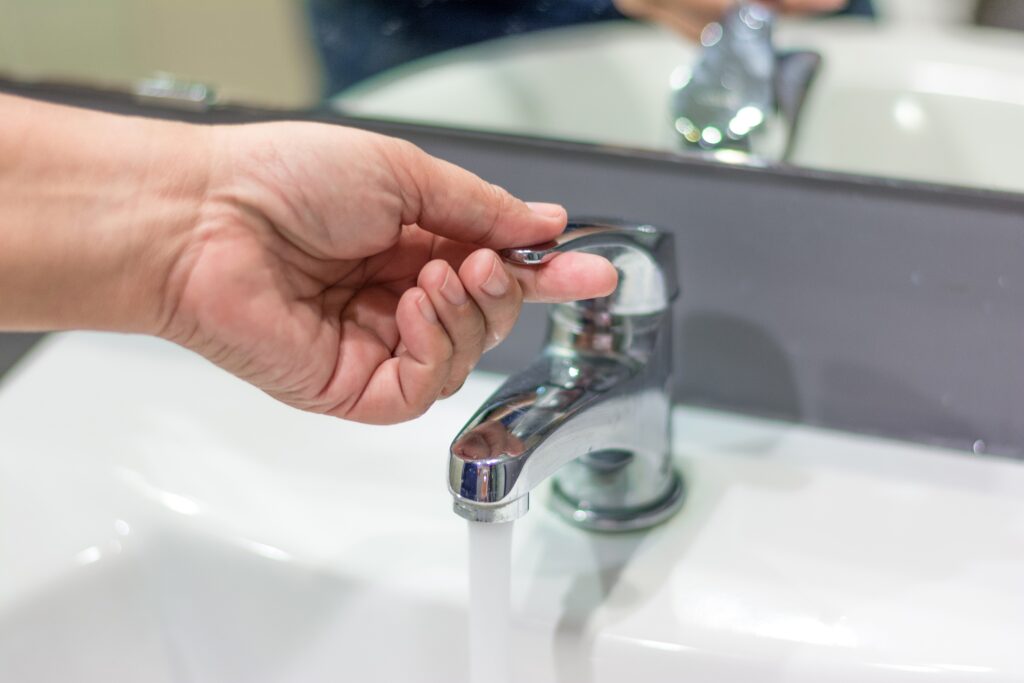
Because we wash our hands often these days, we almost think there is a level of immunity when we go into the bathroom because we are being responsible. For the most part, this is relatively true, but the handle is touched several times, so it’s not necessarily clean. This is more of a caution if you know that someone interacting with the faucet is sick.
Keep a disinfecting spray within easy reach of your bathroom or kitchen sink. Otherwise, using paper towels to touch the faucet handle adds extra precaution. You can use the same towel to dry your hands to avoid wasting paper. While remaining safe, we need to avoid using more paper than we need to keep resources stocked and available.
9. Keys

In the rare cases where we go out, we need our keys to ensure we aren’t locked out or can return home. If keys are not in our personal possession, they are usually left on random surfaces.
While this item is unlikely to be used by other people, keys are items we touch daily. This includes any items that we use to access other areas, like passcards or key fobs, into offices.
Any disinfecting wipes, sprays, or rubbing alcohol and cloth will work since keys are metal and durable. However, your IT office tech or security may have specific recommendations for items like passcards or key fobs.
10. Credit cards and ATM cards
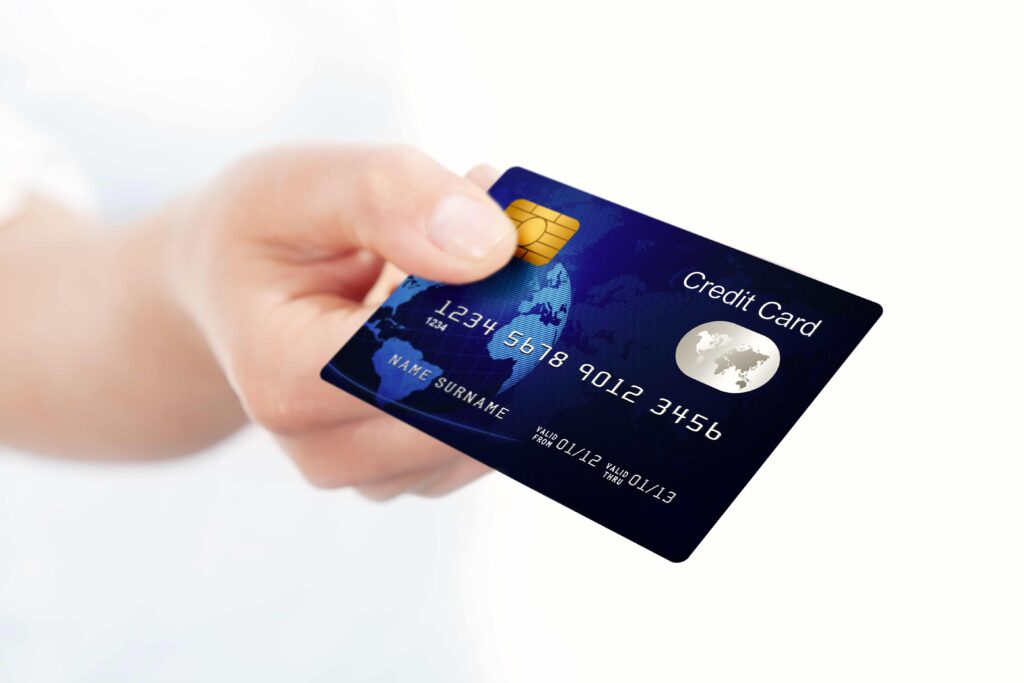
Credit and ATM cards are important items that we may not use daily but are important to vital transactions. But the most commonly used item we touch in these transactions is the PIN pad where we enter our card. In places like banks and groceries, this is essential since so many people conduct business through automated teller machines.
If you are using your card with a PIN pad, you can swipe or use a card without touching it. However, the buttons have to be pressed to complete your purchase.
If there is a hand sanitizer next to the pin pad or you have a personal bottle, use it immediately after the transaction. The next best solution is to touch the pin pad through a piece of paper to safeguard yourself.

